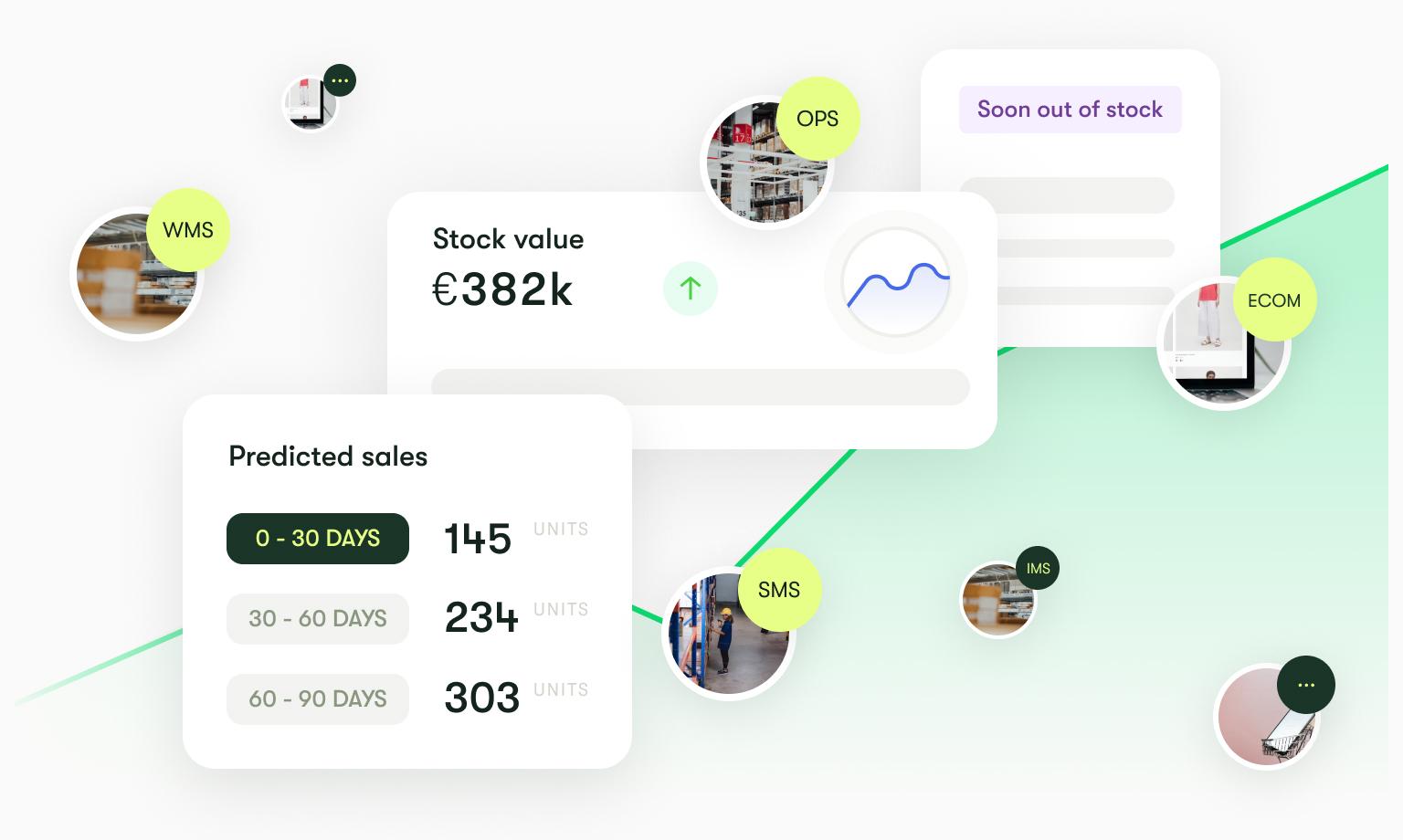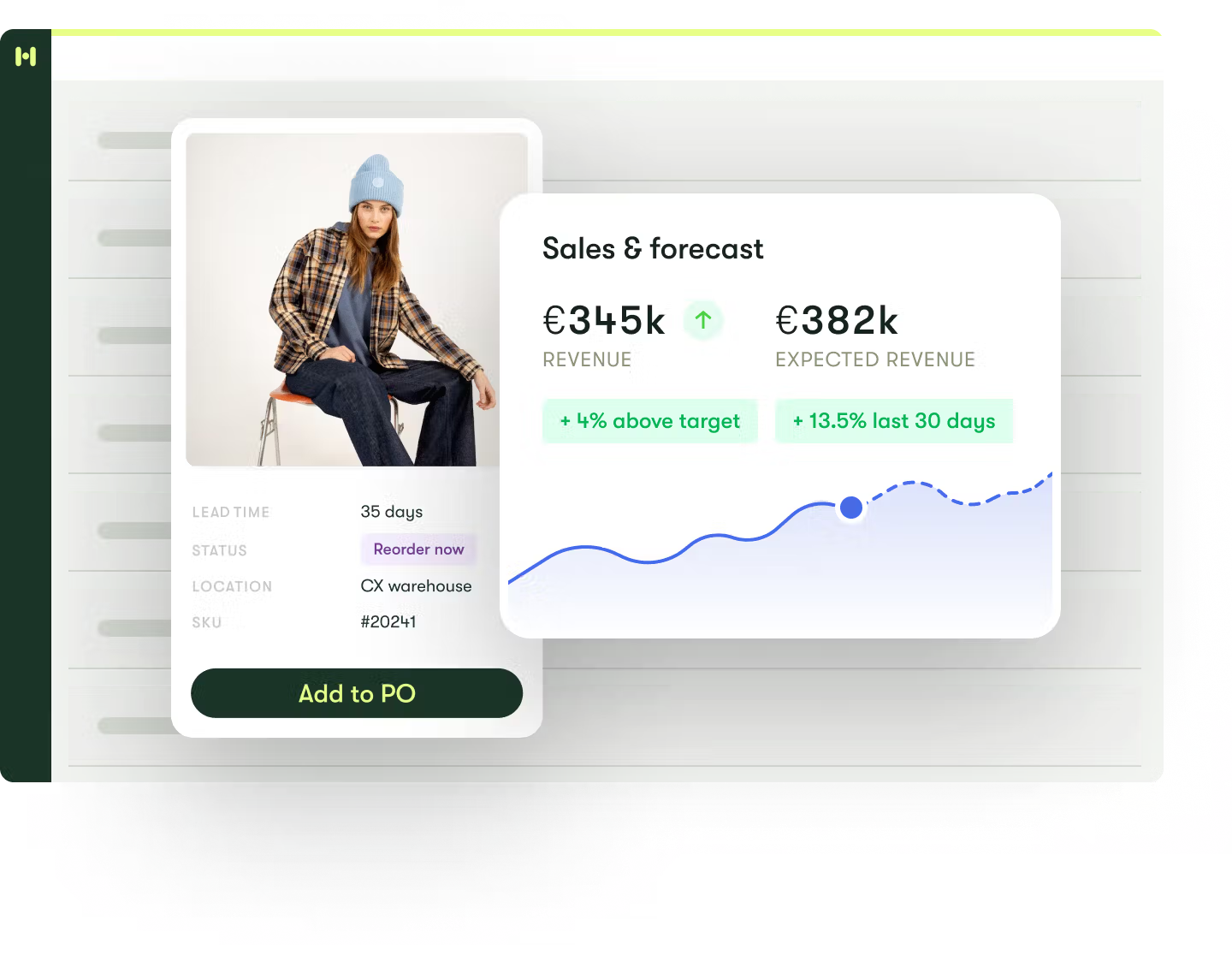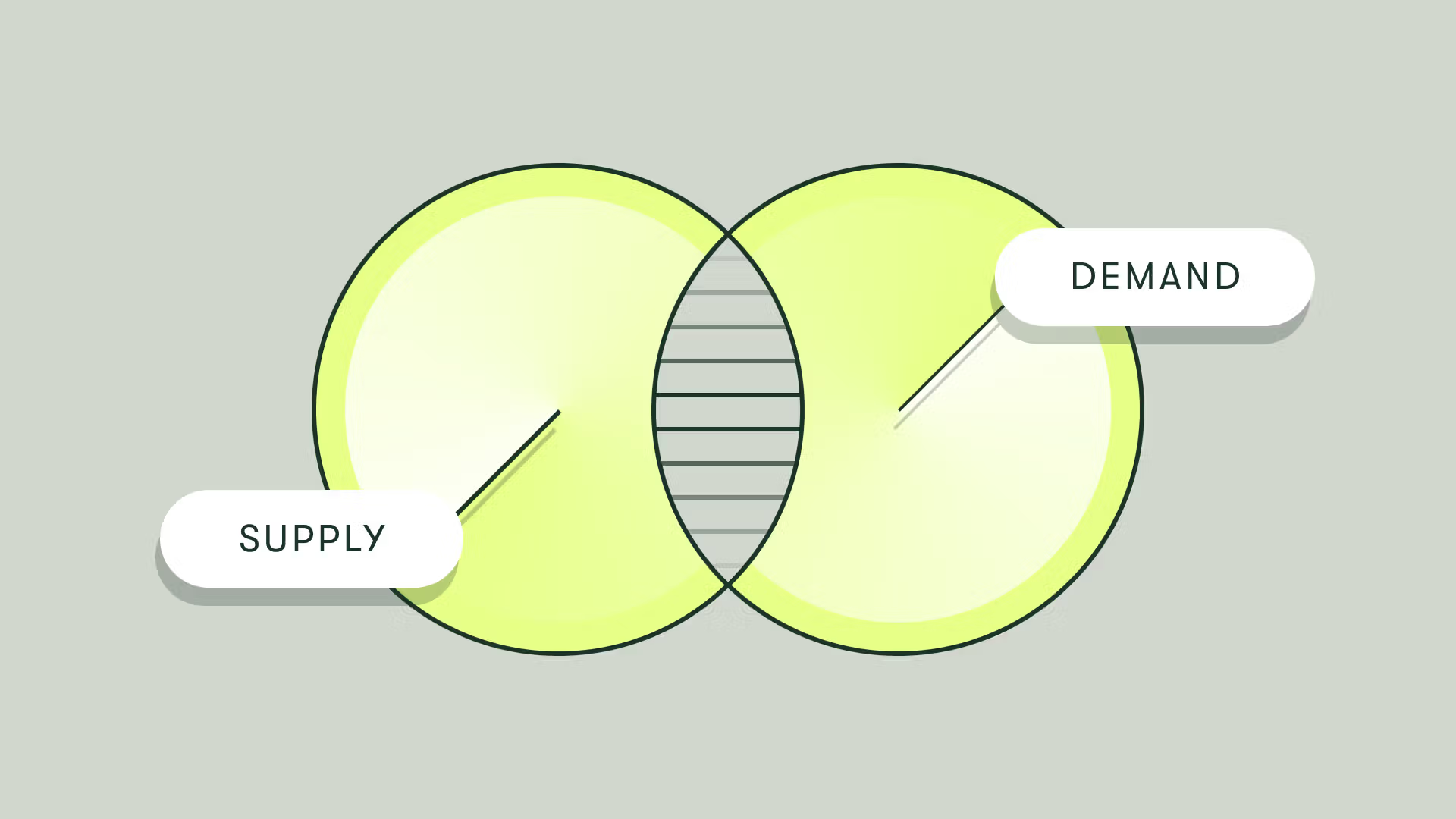What is supply planning?
In this blog post, we will dive into the world of supply planning, exploring the key elements and best practices that make it a crucial component of any successful supply chain strategy.

What is supply planning?
Supply planning is the process of determining how much of a product or raw material needs to be produced, purchased, or stored in order to meet demand. The goal is to guarantee the seamless provision of precisely the right products to customers, at the appropriate time, in optimal quantities, and with cost-efficient methods.
Let's break down this complex process into some simple steps that you can follow to ensure that your business runs smoothly:
1. Forecasting demand
This is the crystal ball of supply planning, where we gaze into the future to predict the demand for products or services. By analyzing historical sales data and market trends, we get a better understanding of how much of a product or service will be needed in the future. Accurate demand forecasting is critical to determining the amount of inventory required to meet demand and optimizing the production and delivery process.
2. Inventory management
This step involves striking the perfect balance between having enough inventory to meet demand and avoiding excessive inventory that ties up valuable resources. With the right inventory management in place, it is possible to ensure that customers get what they want, when they want it, and without any hiccups.
3. Production planning
It's decision time. Based on demand, capacity, and inventory levels, production planning involves determining the right quantity and timing of raw materials. This requires ensuring that production facilities have the required capacity and resources to manufacture the product within the lead time. Additionally, coordinating the production schedule to meet customer requirements while factoring in lead time is crucial. This step is essentially making sure you're producing enough of your product to meet the demand forecasted.
[greenbox]
What is lead time?
- Lead time is the amount of time that elapses between the initiation of a process and its completion. It is, in other words, the time required to receive, process, manufacture, or deliver a product or service.
[/greenbox]
4. Supplier management
Working closely with suppliers to ensure that they provide the required quality and quantity of materials at the right time is critical to supply planning. This involves working with suppliers to coordinate deliveries, managing supplier relationships, and monitoring performance. If your suppliers aren't delivering what you need, it may result in delays or stock shortage. Effective lead time management ensures that businesses have the enough inventory at hand to meet demand while avoiding excess inventory.
5. Performance monitoring
Finally, monitoring the performance of the supply chain to make sure it's operating effectively. Here, it is vital with regularly reviewing and updating the supply plan to reflect changing market conditions and customer demand that enables you to stay ahead of the curve and deliver value to your customers. This can help you stay competitive and adapt to new challenges.
By following these steps, your business can effectively manage your supply chain operations and answer all of the "who, what, when, where and why" questions involved in serving customers. It's all about streamlining your supply chain and boosting success.
Why effective supply planning is critical for business success?
Now you know what supply planning is, but are you still wondering why its so important in today's fast-paced business world? Well, let me tell you - it's critical for your company's success. You need to continuously adapt your supply planning strategies to meet the changing demands of customers and the market, or you risk being left behind. Let's delve further into why the importance of supply planning cannot be overstated.
Cost reduction
One of the primary benefits of effective supply planning is cost reduction, and who doesn't love saving money? By accurately forecasting demand and coordinating with suppliers, you can avoid overstocking inventory and reduce costs associated with excess inventory. This means you won't waste money on unnecessary inventory costs and can avoid lost sales from stockouts.
Managing logistics
Managing logistics is another critical aspect of supply planning. From transportation and warehousing to order fulfillment and distribution, you need to coordinate with multiple vendors and third-party logistics providers. If you don't manage logistics and coordinate with suppliers effectively, you risk delayed shipments and a reduced ability to respond to changing customer demand.
Mitigating supply chain risks
Last but not least, supply planning is essential for mitigating supply chain risks. By working closely with suppliers and maintaining visibility across the supply chain, you can identify potential disruptions and proactively take steps to mitigate them. This will help reduce increased costs and lost sales associated with unexpected events.
Thus, if you want to gain a competitive advantage and boost your company's bottom line, it's essential to address these challenges and optimize your supply chain. This means leveraging the right technology and tools, cultivating strong relationships with suppliers, and developing robust risk management protocols. By doing so, you'll increase profitability and customer satisfaction.
Revamp your supply planning with software
Supply planning can be a total nightmare, especially if you're doing it manually. But thanks to technology, we can now streamline the process and make it a while lot easier for you. Think about it - greater efficiency, accuracy, and speed all at your fingertips.

One of the best things you can do for your supply planning is to take a data-driven approach. By using advanced analytics and machine learning algorithms, you can accurately predict demand and minimize the impact of external factors that may affect your supply chain. You'll be bale to make informed decisions about inventory levels, production processes, and delivery schedules - all with the help of point-of-sale data.
Another solution is to implement a demand-driven supply chain by using inventory management software. This means that your supply planning decisions are based on real-time demand signals from. your customers and reporting systems. You'll have better visibility of inventory levels, production processes, and supplier performance, which will make you more responsive to your customers' needs and help you avoid costly mistakes.
Of course, it's essential to keep your data in check to ensure accurate and high-quality information. Poor-quality data and lack of visibility can cause major headaches and hurt your bottom line. That's why we recommend conducting regular data quality checks and investing in data management systems. With accurate data, you'll be able to make better decisions, reduce risk, increase efficiency, and stay compliant with regulatory requirements.
Last but not least, don't forget to evaluate your supply planning process regularly. Identifying areas for improvement and making changes to optimize your supply chain can lead to greater success and increased profitability for your business. With the right technology and a data-driven approach, you'll be able to take your supply planning to the next level. Trust us - it's worth it.
Uncertainty in supply planning
Supply planning is a vital part of any successful business strategy. After all, optimizing product availability and reducing waste can make or break your bottom line. But in a world where uncertainty is the norm, traditional supply planning methods may not be enough to keep up with the ever-changing demands of the market. That's where scenario planning comes in - by continuously monitoring and adjusting your supply chain based on different hypothetical scenarios, you can be better prepared for whatever the future may bring. By staying ahead of the curve, your business can remain competitive and agile, ready to respond quickly and effectively to any unexpected twists and turns. So, isn't it time to take your supply planning to the next level?
Thanks for reading. Hope this will help you and your company on the journey of optimizing the supply chain. Best of luck!
Stay ahead of the curve with our expert insights!
Subscribe to Hakio blog for curated insights on innovative demand planning and forecasting techniques. Sign up now and supercharge your strategy with our expert tips delivered straight to your inbox.
Interested in working with us?
Whether your career path to a role you’re interested in is traditional or not, please apply. We want to hear from all enthusiastic candidates.
Please add the title/team you are applying for in the subject line of your email, so the right person on our team will read it.
.svg)
.avif)




